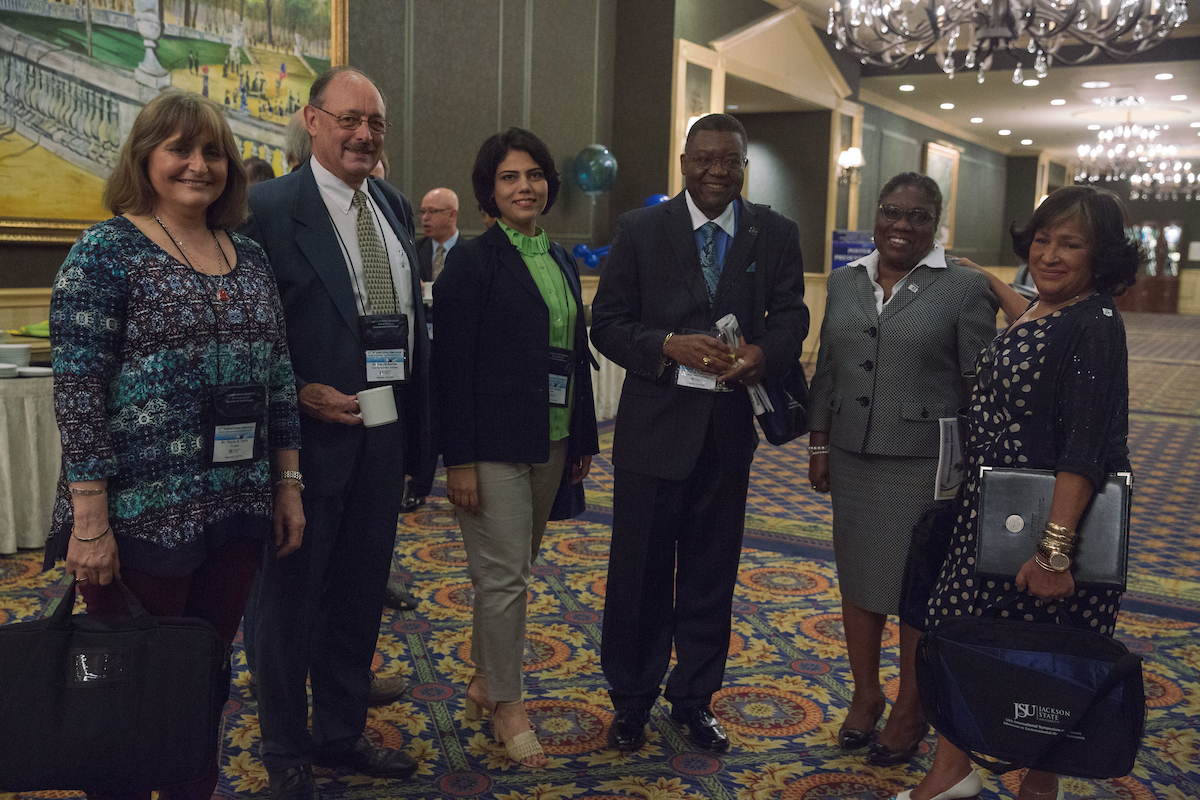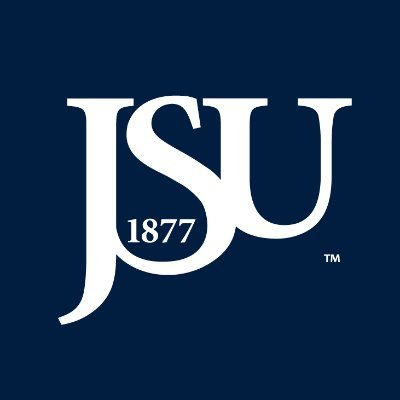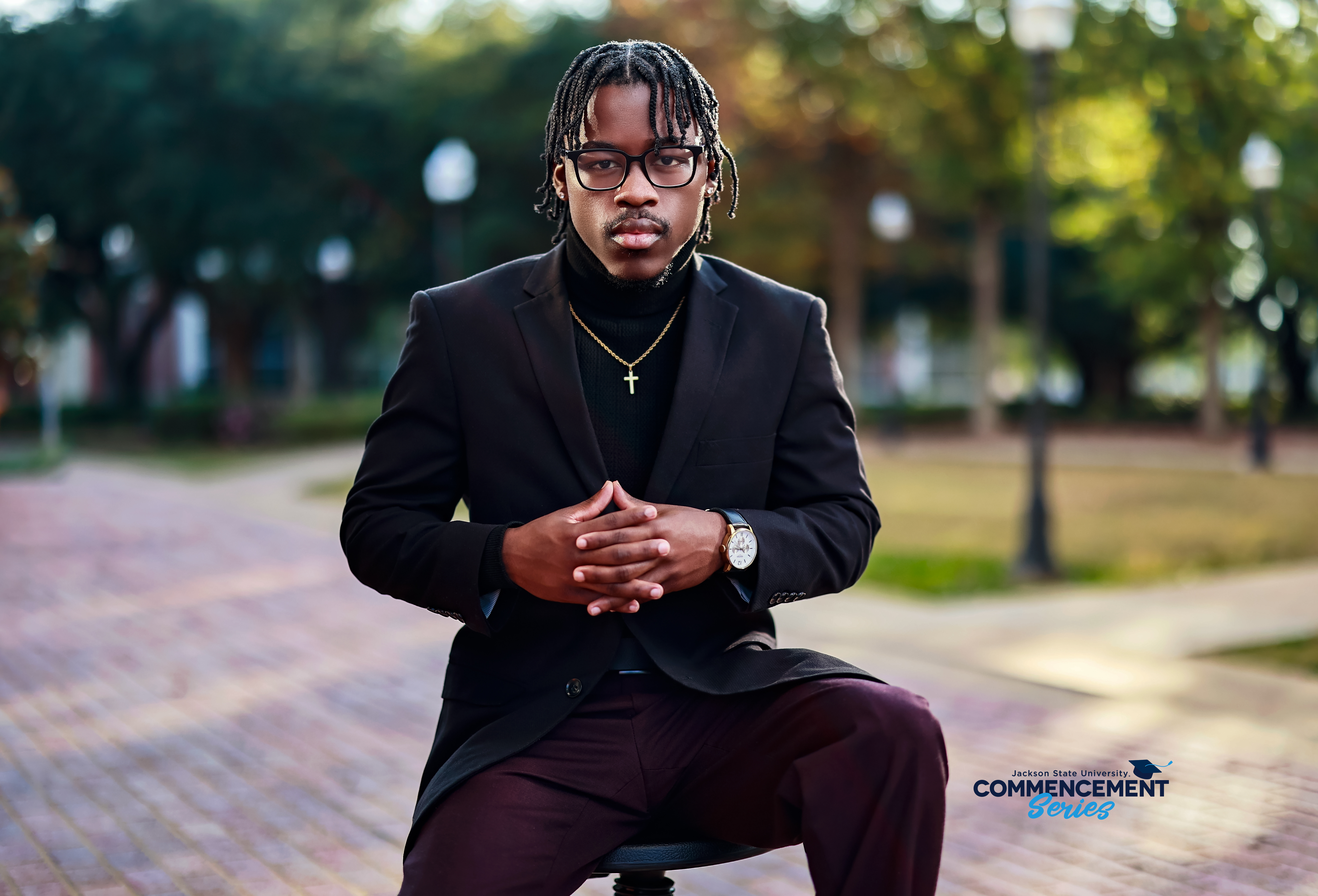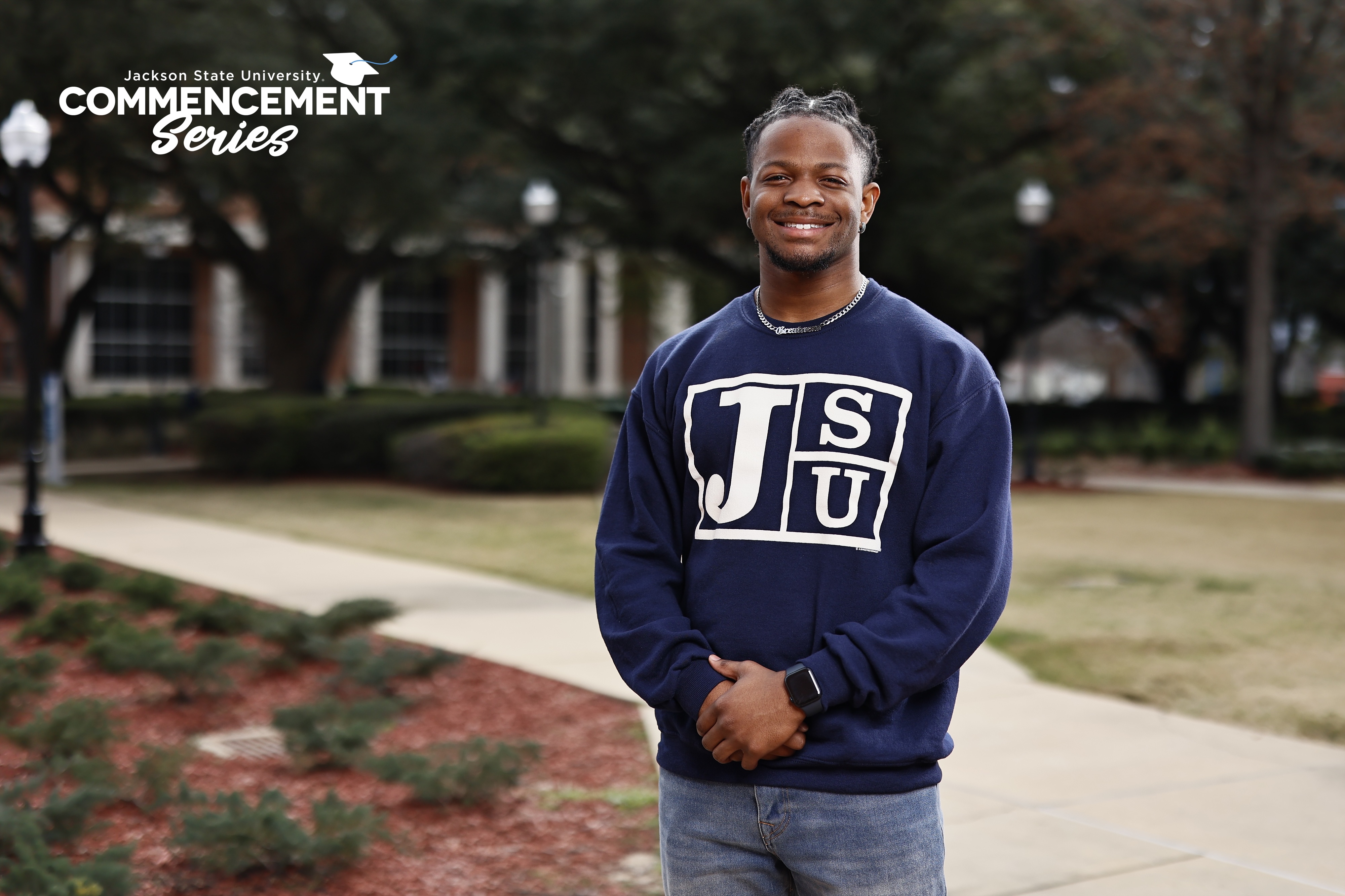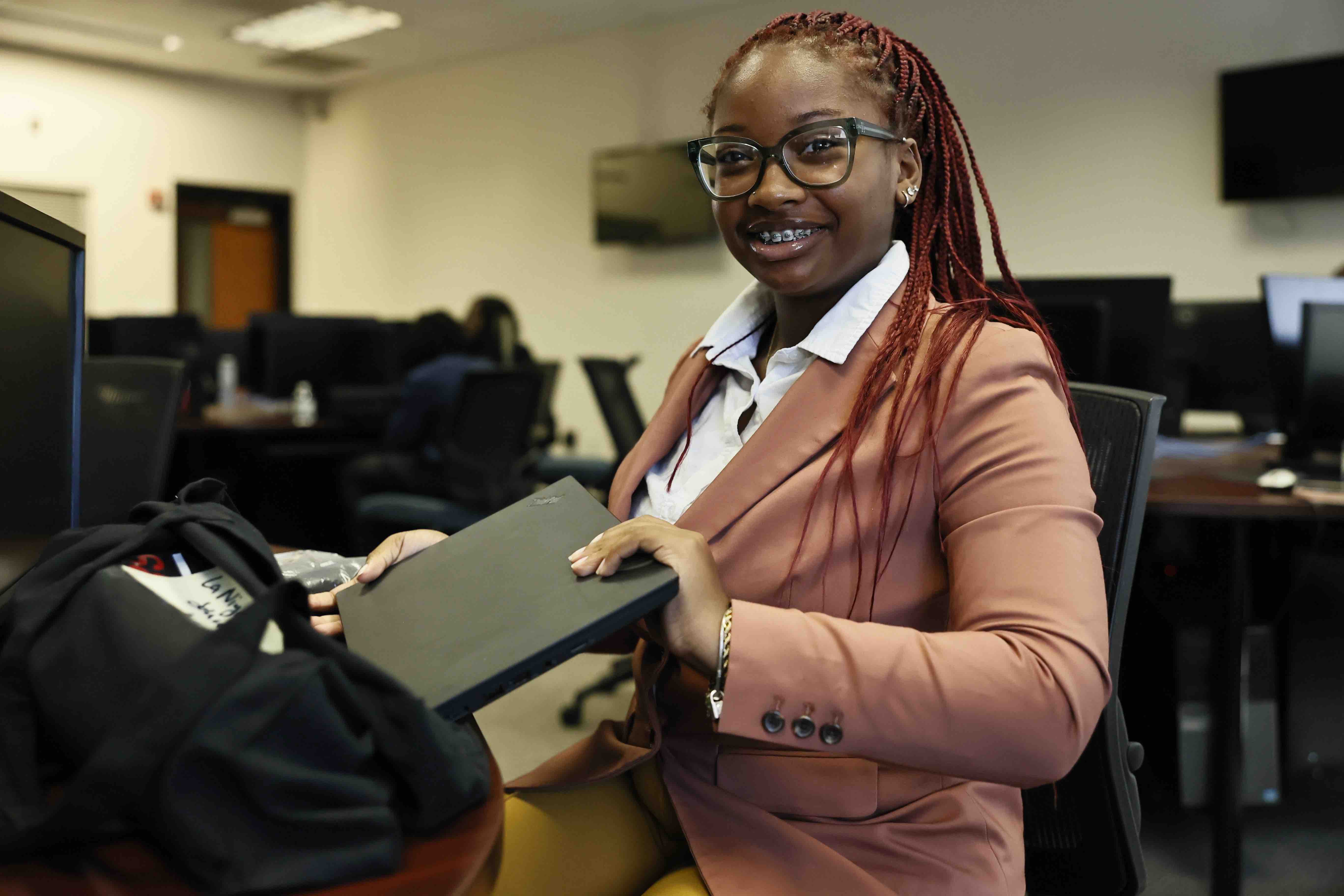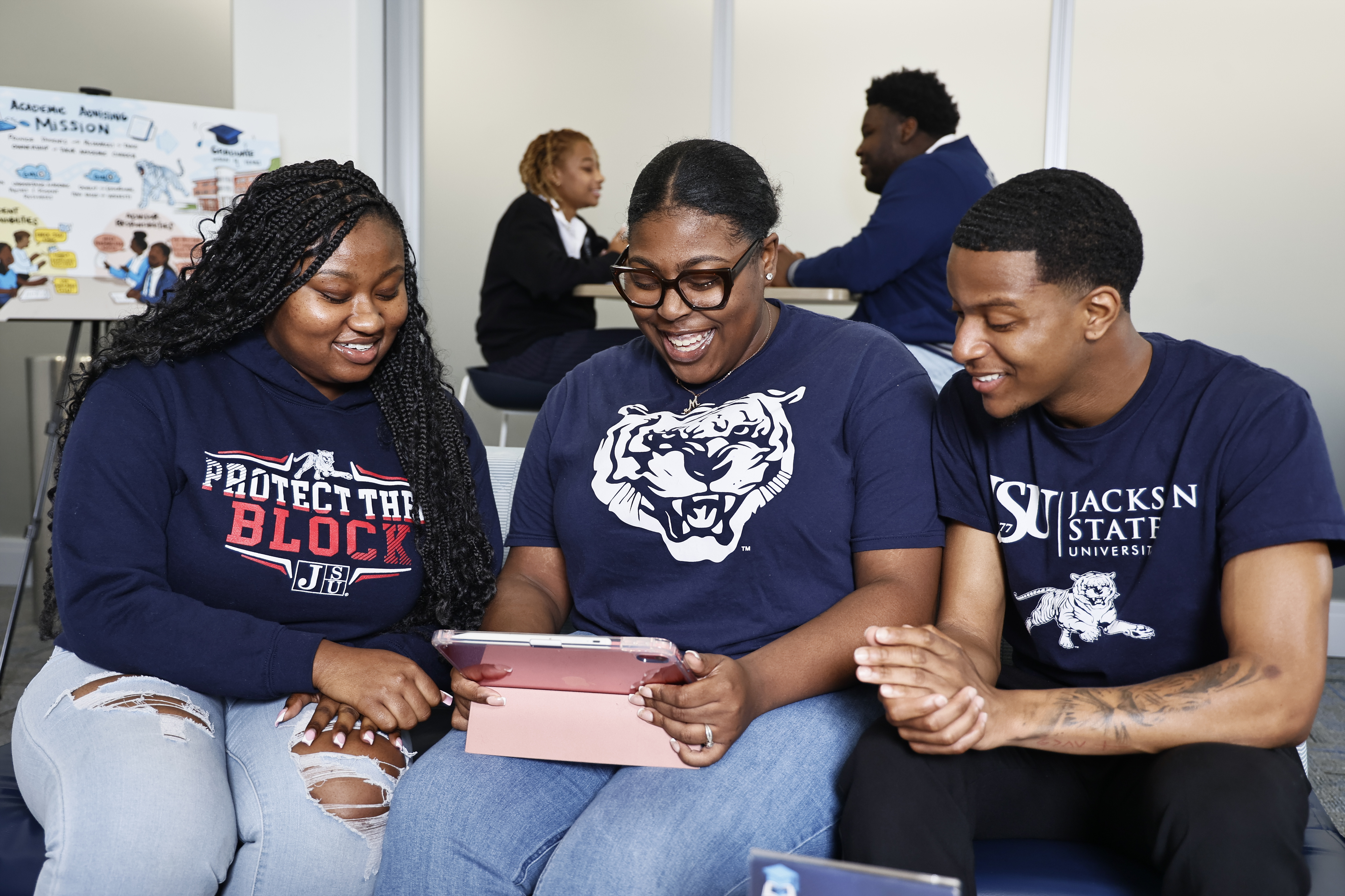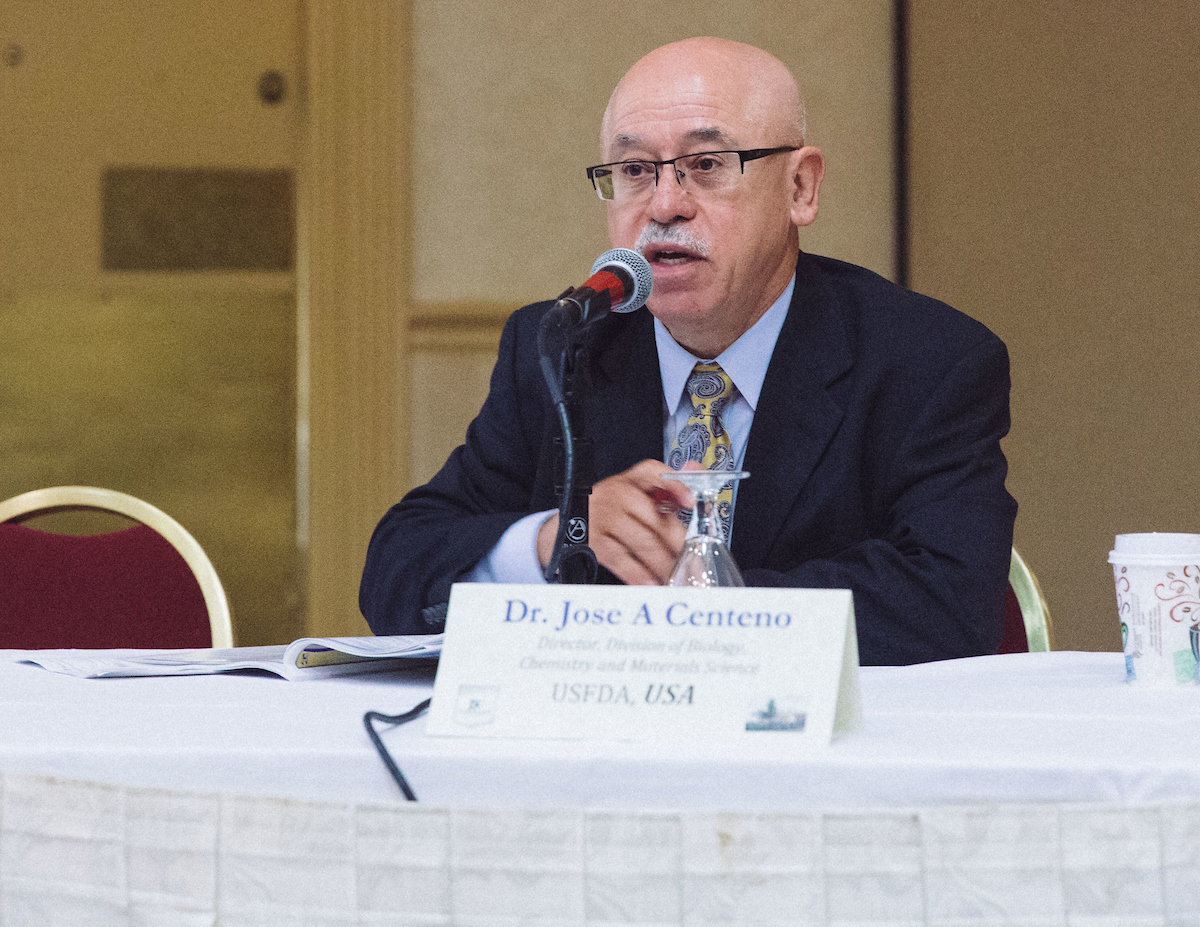
![]() Ultra-small medical devices that use nanotechnology are helping to detect diseases in the bloodstream and deliver life-saving drugs more efficiently throughout the body, according to chemist at Jackson State University’s 13th International Symposium on Recent Advances in Environmental Health Research.
Ultra-small medical devices that use nanotechnology are helping to detect diseases in the bloodstream and deliver life-saving drugs more efficiently throughout the body, according to chemist at Jackson State University’s 13th International Symposium on Recent Advances in Environmental Health Research.
Dr. Jose A. Centeno of the U.S. Food and Drug Administration in Silver Spring, Md., and an adjunct professor at JSU, discussed the innovation of nanotechnology, which manipulates tiny particles for new discoveries. He was the first keynote speaker during the three-day conference that started Monday at the downtown Marriott. The event is sponsored by JSU’s College of Science, Engineering and Technology.
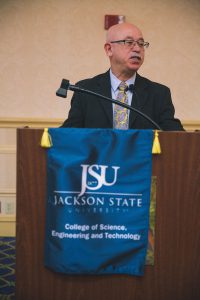
The symposium is a collaborative venture between the following: the National Institute on Minority Health and Health Disparities at the National Institutes of Health (NIH), the National Library of Medicine at NIH, the Research Centers in Minority Institutions (RCMI) Center for Environmental Health (CEH) and the U.S. Department of Education Title III Graduate Education Program.
As a researcher, Centeno wants people to know that nanotechnology is being used today in many applications to develop medical devices that promise quality and effective results for new discoveries to improve health.
While nanotechnology is being used in wound dressings, catheters and dental instruments, Centeno cautions, however, that a lot more study is required to understand how human tissue reacts to nanomaterial from medical devices.
A fascinating phenomenon, nanotechnology has been around for quite some time, but its use in medical devices is still relatively new.
Centeno said one thing that is unique with nanomaterial is its link between computational modeling and tests occurring in the laboratory (in vitro) or on living organisms (in vivo). “If the experimental data is known, then researchers can predict how nanomaterial impacts human health,” he said.
[pullquote]’We’re bringing together the best minds to come up with the best solutions to make this planet environmentally friendly and healthy for the next generation.’ — JSU President Carolyn W. Meyers[/pullquote]As Jackson State hosts experts from 20 different countries, President Carolyn W. Meyers praises scientists for gathering under one roof to address major environmental and human health challenges of the 21st century.
Meyers said, “We’re bringing together the best minds to come up with the best solutions to make this planet environmentally friendly and healthy for the next generation, ultimately leading to longstanding potential to change health conditions globally.” She said, “We accomplish this by working persistently with one another to move to the next steps of innovation. This is one world, and it’s getting smaller. For our students, the entire world is their playground – not just the city of Jackson, the state of Mississippi or the United States of America.”
Symposium chair Dr. Paul B. Tchounwou, also JSU’s associate dean of CSET, said, “The overarching objective for the annual conference is to continue to promote interdisciplinary discussions and international scientific collaborations, as well as to increase awareness of important environmental and public health issues facing our state, nation and the global community.”
Dr. Richard A. Aló, dean of JSU’s CSET, credits the symposium for aiming to provide “excellent opportunities to share and gain novel information on health issues associated with environmental exposures as well as on cost-effective strategies to control, prevent or mitigate the health impact of environmental hazards.” He said he’s enthusiastic about future developments to improve quality of life and human health.
About 300 people are expected to attend the symposium this week, and one of them is JSU graduate student Ariene Mbemi of Cameroon. She’s in her third year of her Ph.D. program, studying environmental science. She said this conference is important because “it’s opening my eyes to new techniques for cancer research by examining environmental factors contributing to the diseases.” Also, she says she’s learning more about the different styles of presenting data.
Of the dozens of topics discussed this week, some include: environmental toxicology; harnessing Big Data; genomic landscape of triple negative breast cancer; evaluation of tumors with different grades of malignancy; effects of low-dose radiation; why tumors induced by some rats may not be relevant in humans; cancer mortality trends in Mexico; and HIV and Hepatitis C co-infection in Cameroon.
